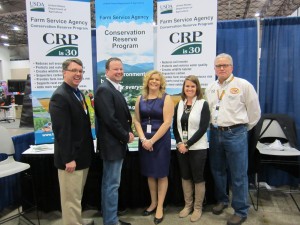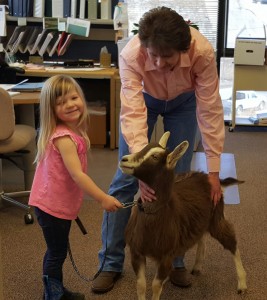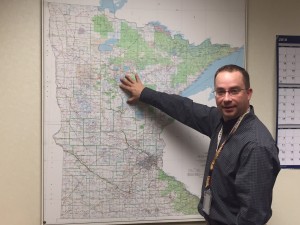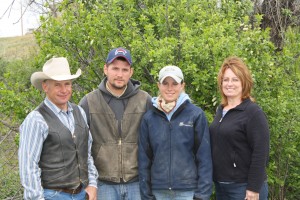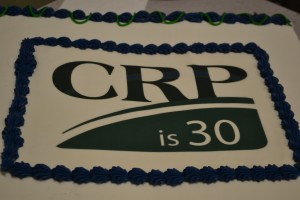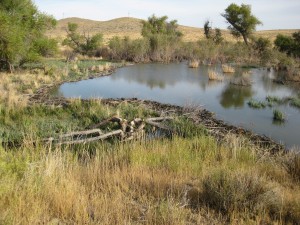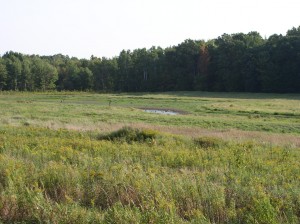by Scott Whittington, FSA Public Affairs Specialist
It’s no secret there are starving children around the world. Millions of people do their part to eliminate the extensive problem. The U.S. Department of Agriculture (USDA) Farm Service Agency is also doing its part. Although perhaps best known for providing farmers with a financial safety-net, FSA also purchases food products made from American farm commodities for delivery around the world, helping to address starvation and malnutrition in foreign countries, while helping and employing disabled Americans at the same time.
The Farm Service Agency (FSA) recently contracted with Transylvania Vocational Services (TVS) to produce a cereal for starving infants and children overseas. The corn-soy blend is known as Super Cereal Plus.
TVS is staffed with 140 people with disabilities. It operates from a 60,000 square-foot processing facility and a 40,000 square-foot warehouse. The Super Cereal Plus (SCP) project employs 35 disabled individuals who since July 2014 produced more than 5,200 metric tons of SCP.

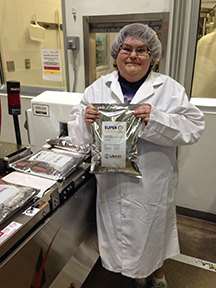
Left: Jacob Norman, TVS Blending Tech, mixes a batch of the Super Cereal.
Right: Jamie Slayton, TVS line packer, shows the finished Super Cereal packaging.
“It’s humbling sitting here in Brevard, North Carolina, reaching young kids in far off places,” said Becky Alderman, TVS chief operating officer.
The cereal ships to multiple countries in Africa and Central America, but this isn’t the only food TVS produces for USDA. Since 2001, the organization has supplied 147 million pounds of Instant Nonfat Dry Milk for domestic use, and produced 16 million pounds of Bakery Mix for domestic programs since 2008.
This partnership was made possible by the non-profit organization SourceAmerica and the AbilityOne Program, a federal purchasing program established in 1938 designed to create job opportunities for people with disabilities. It is the largest single provider of jobs for people with disabilities in the United States, employing more than 50,000 people.
The USDA has recognized TVS by awarding them the “AbilityOne Contractor of the Year Award” in 2005, 2007 and 2010. One reason would be TVS has maintained a 99.5 percent on-time delivery rate, according to their web site.
“It is a great thing that we can find a match and benefit countries in need but also Americans with disabilities,” said Carlos Valdivia, export program manager for the deputy administrator for FSA Commodity Operations in an email.
Americans with disabilities face many challenges in the workforce and especially finding employment. The Farm Service Agency, and partner programs like AbilityOne, will continue to do their part to identify work opportunities. It’s a double bonus when that work is humanitarian in nature and helps feed millions of starving children who don’t have the comfort some people take for granted.
Here is a look at the distribution of Super Cereal Plus:
| Country |
Metric Tons |
| CHAD |
1000 |
| BURKINA FASO |
850 |
| NIGER |
490 |
| SOMALIA |
445 |
| BURKINA FASO |
419 |
| EL SALVADOR |
365 |
| NIGER |
300 |
| NIGER |
200 |
| HONDURAS |
170 |
| MAURITANIA |
160 |
| COTE D’IVOIRE |
150 |
| MALI |
130 |
| GAMBIA |
120 |
| BURKINA FASO |
59 |
| TANZANIA |
50 |
| GUATEMALA |
40 |
